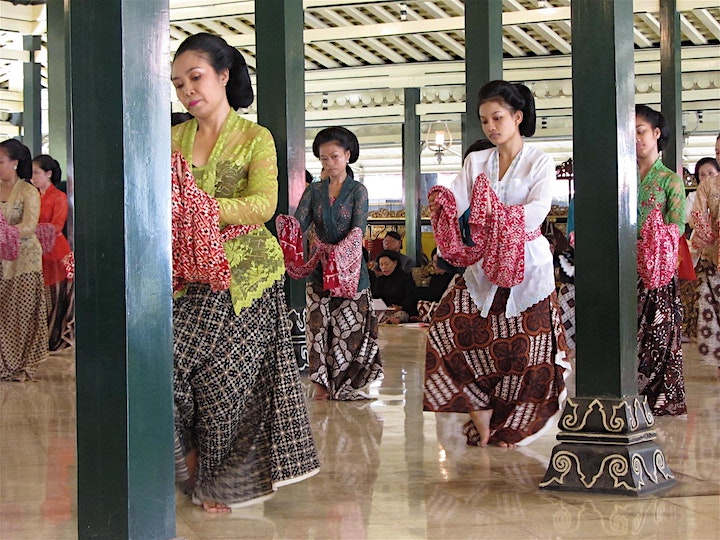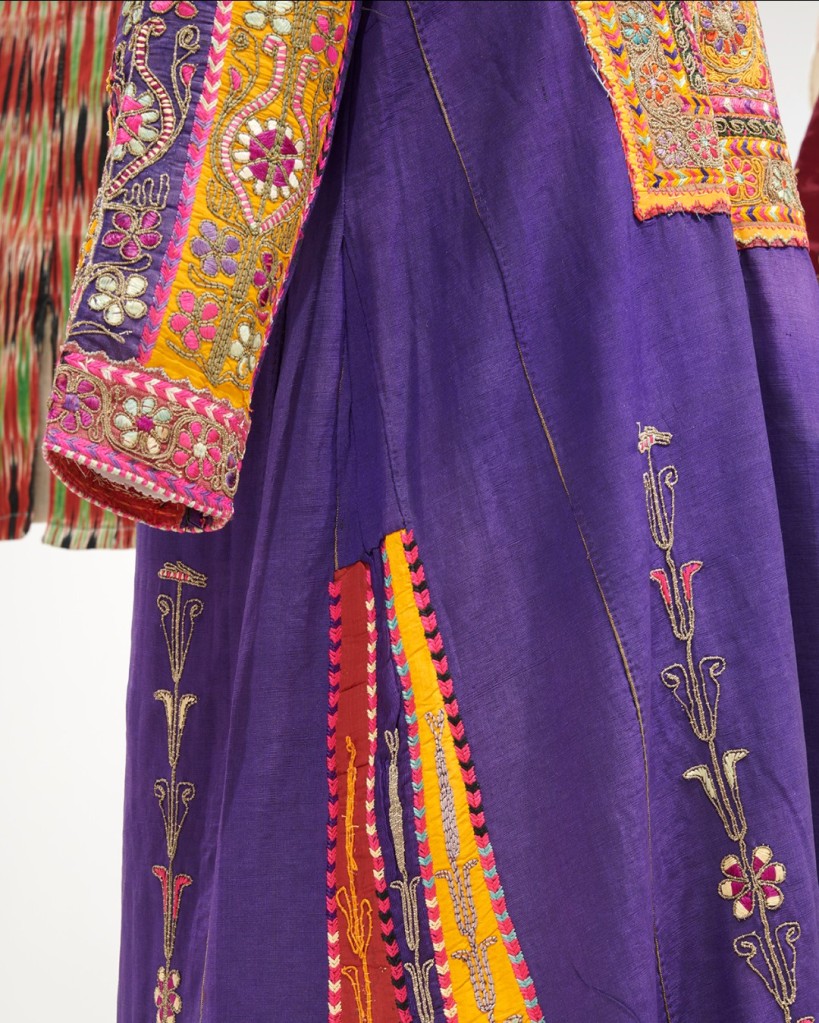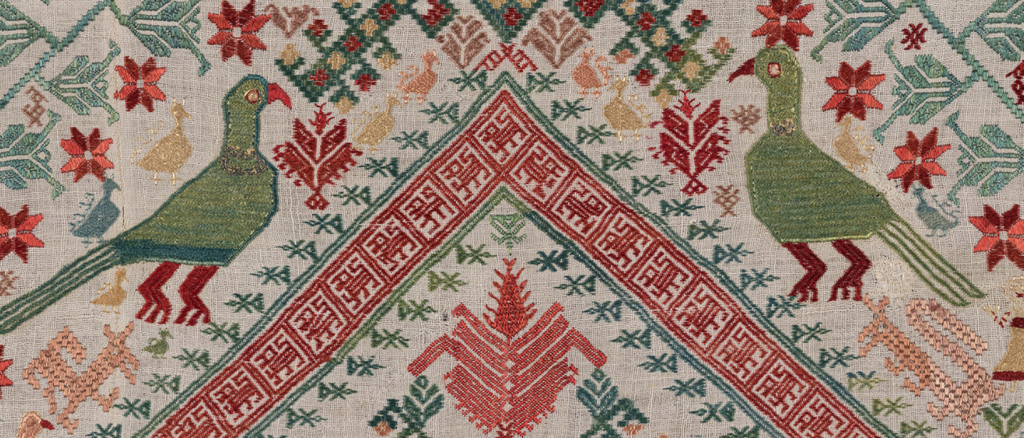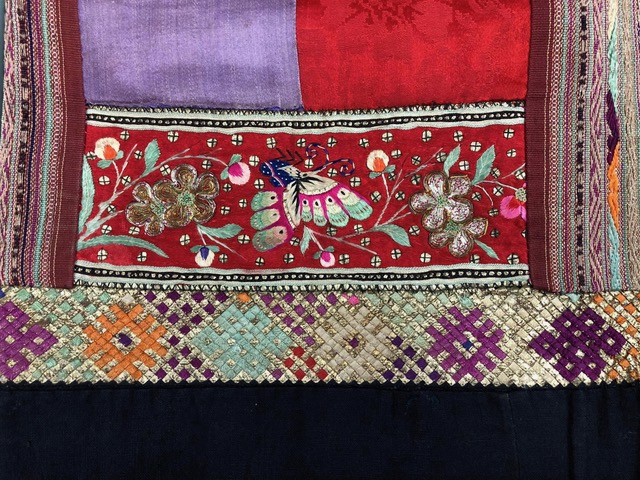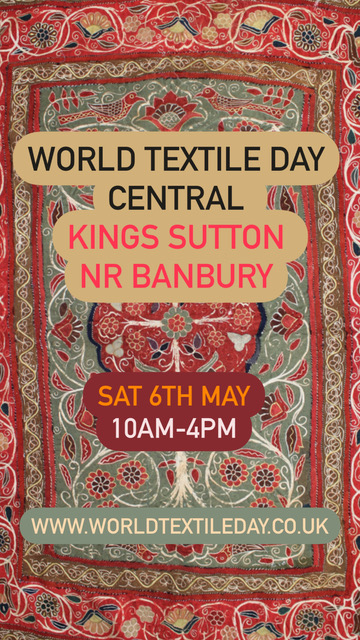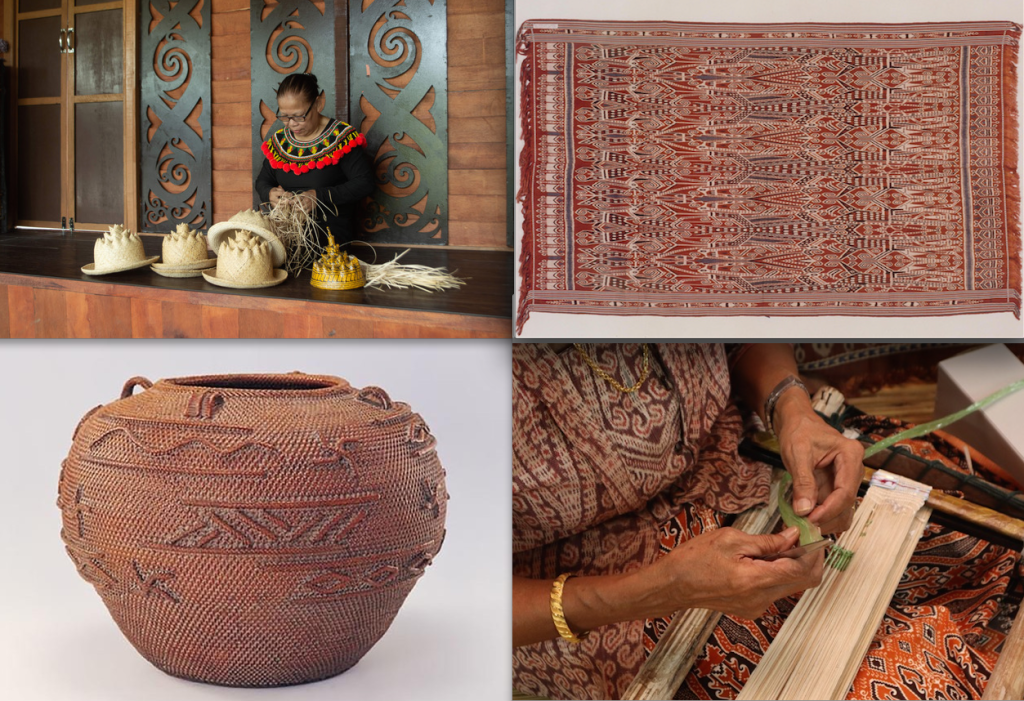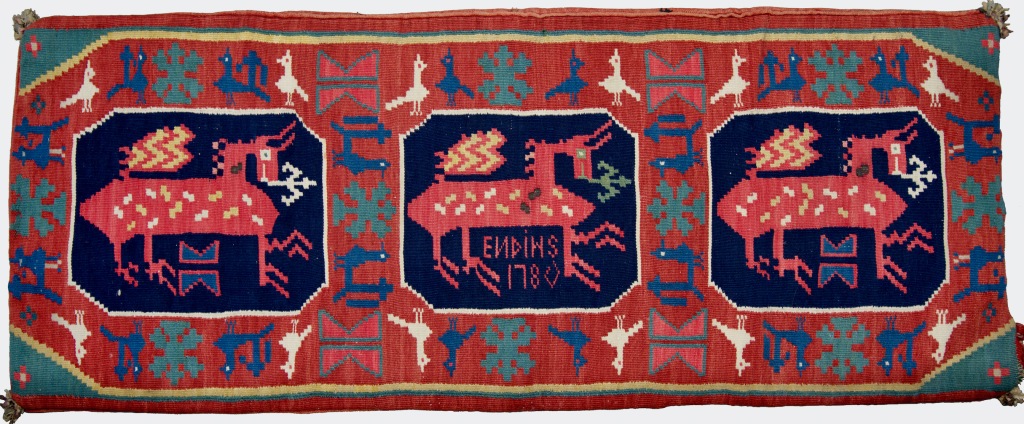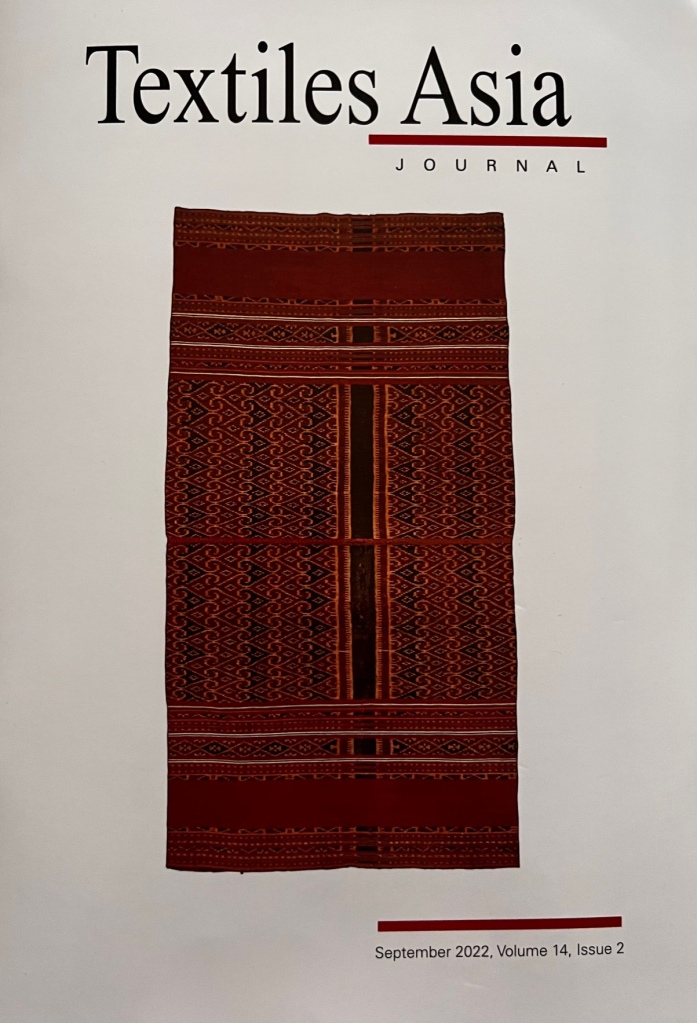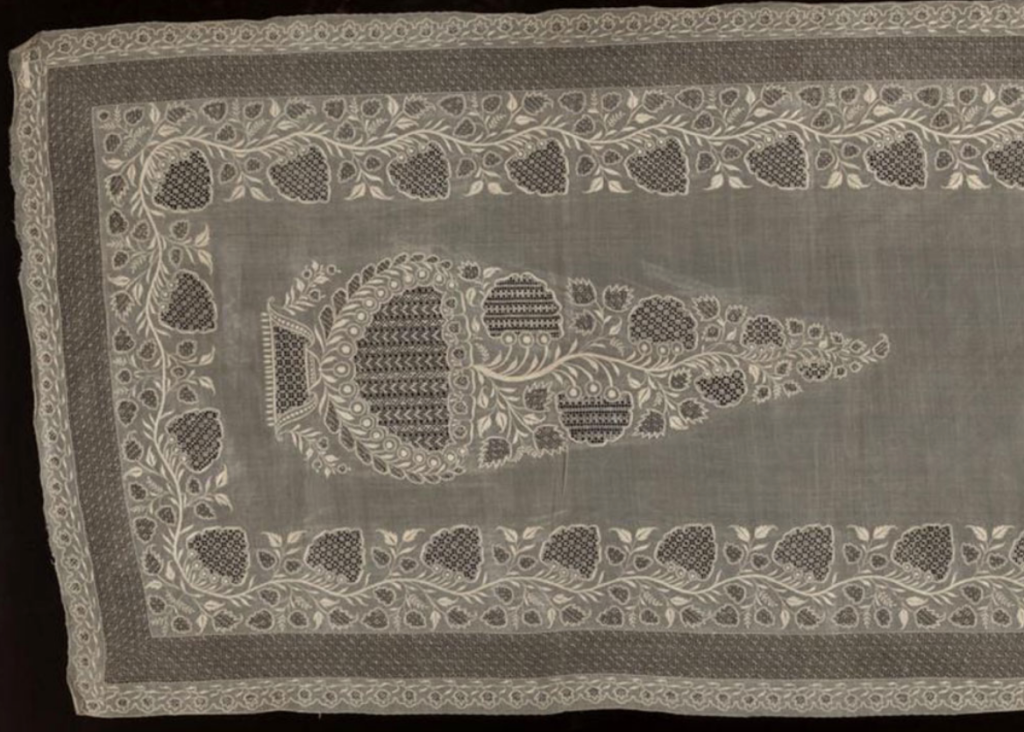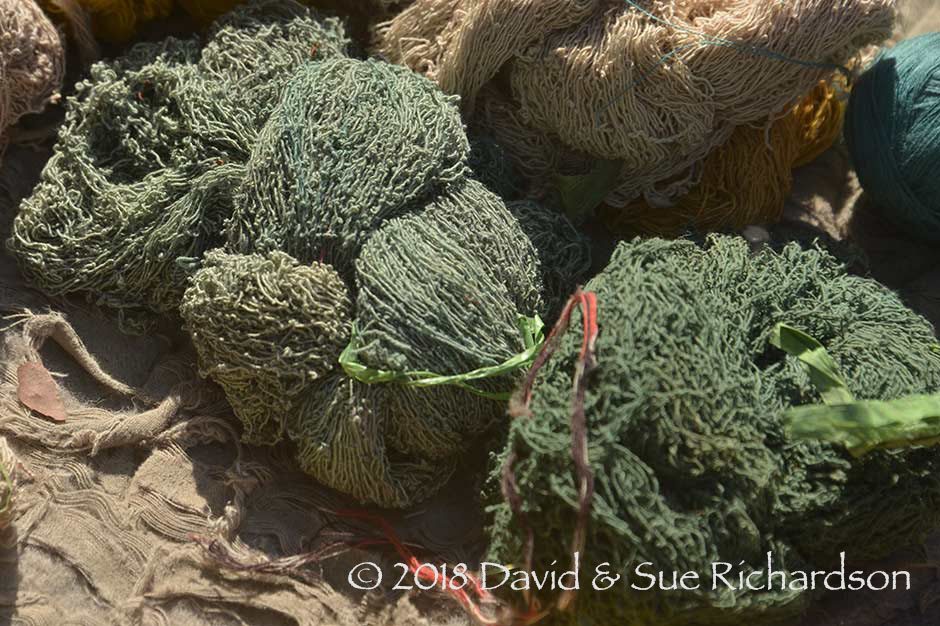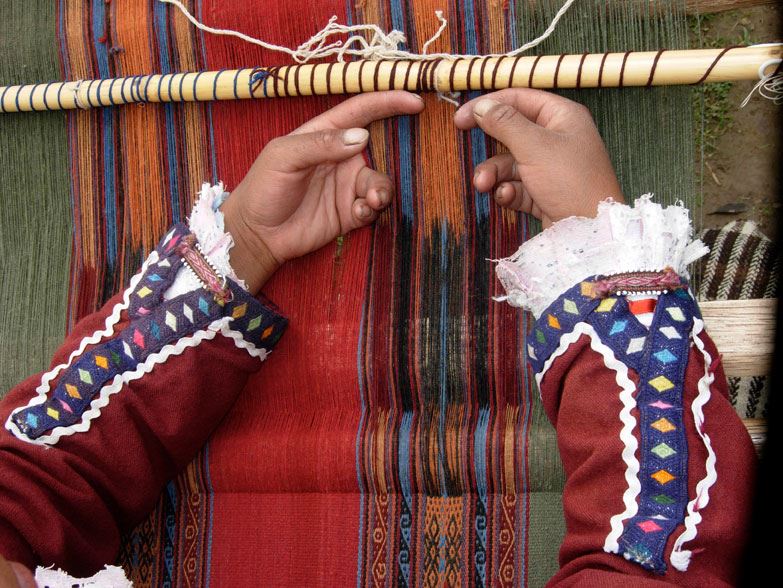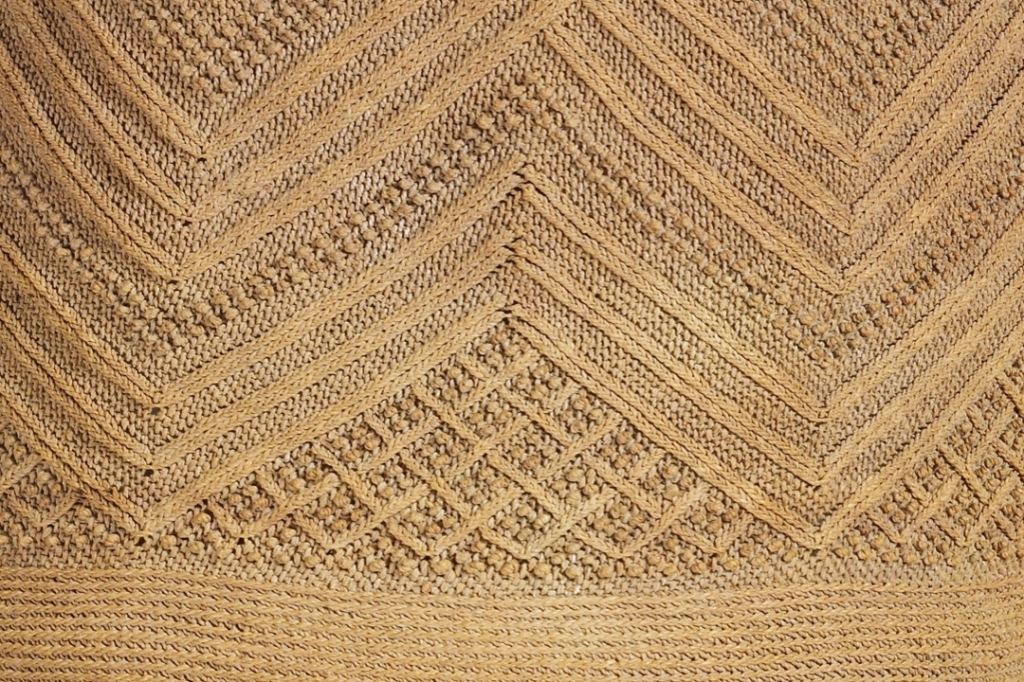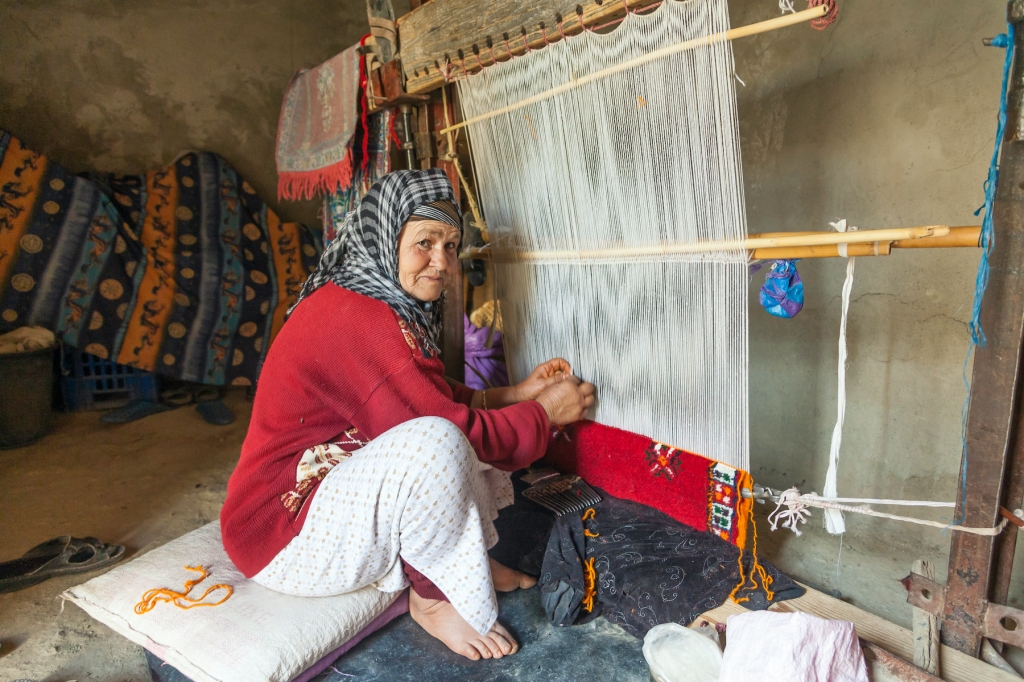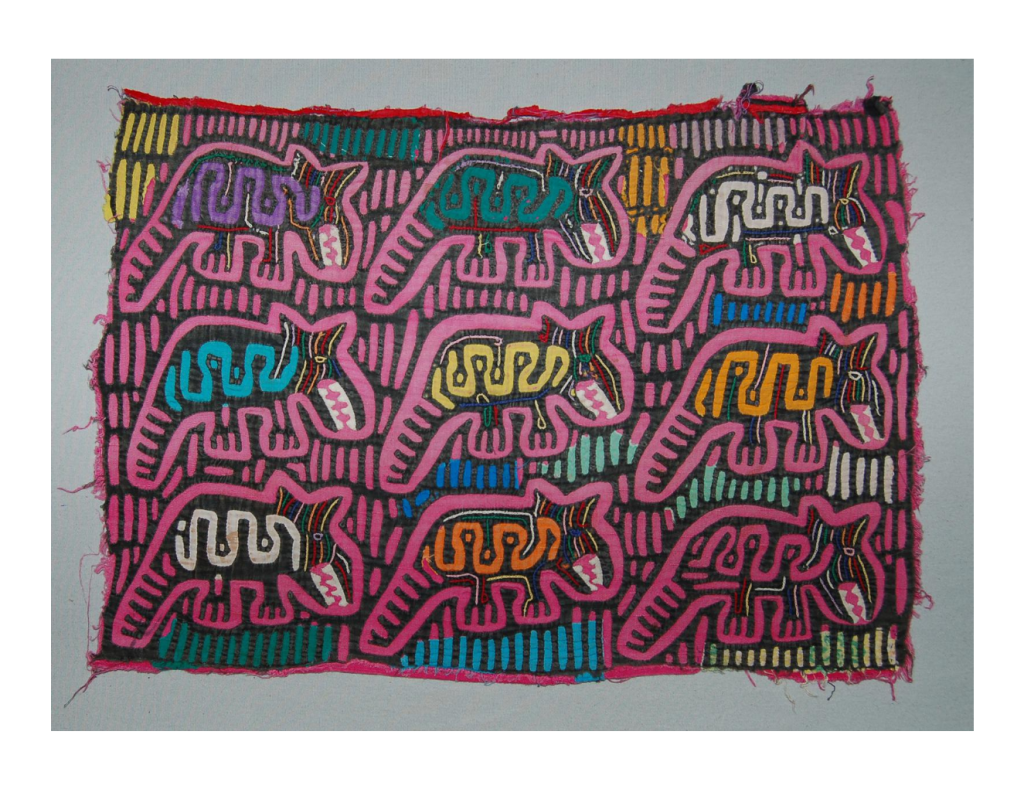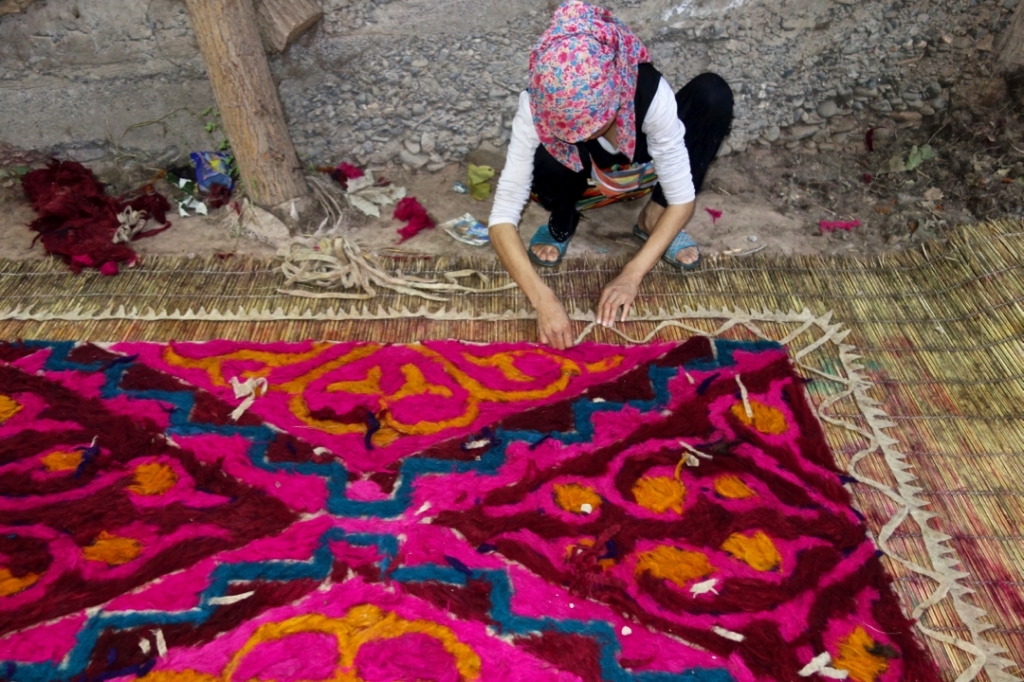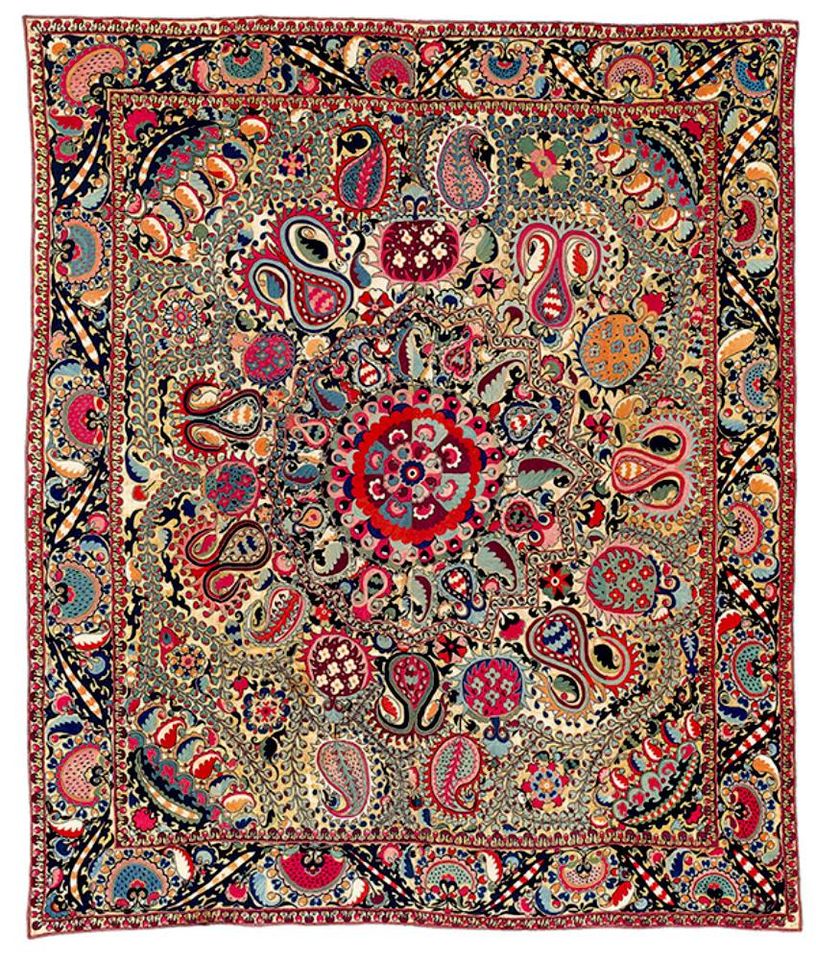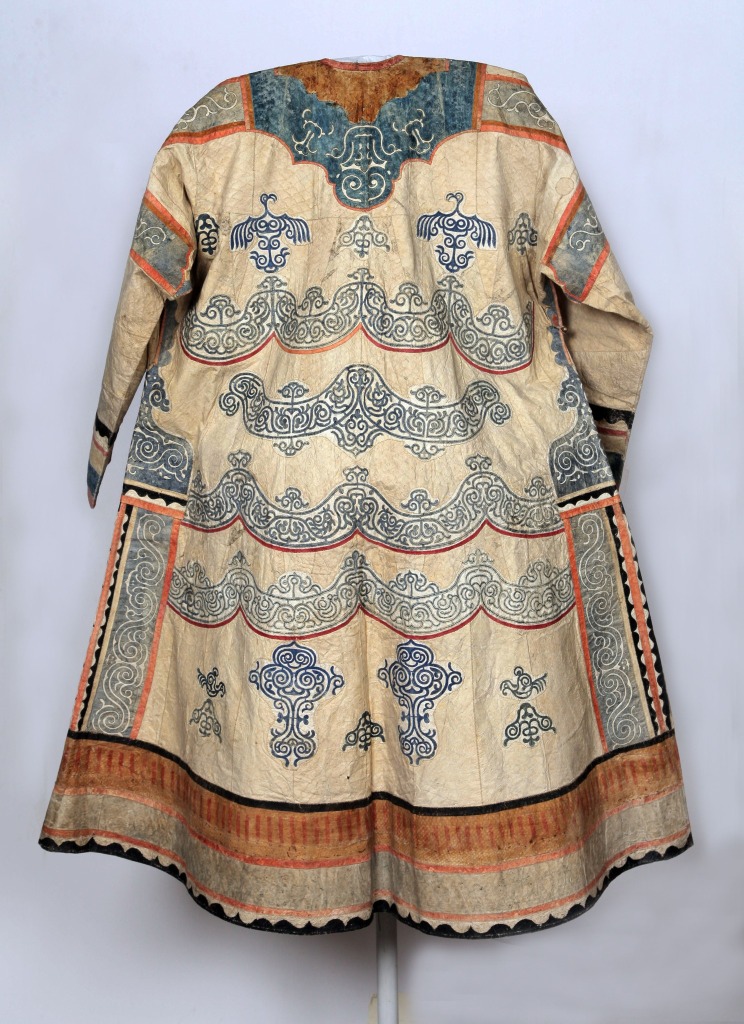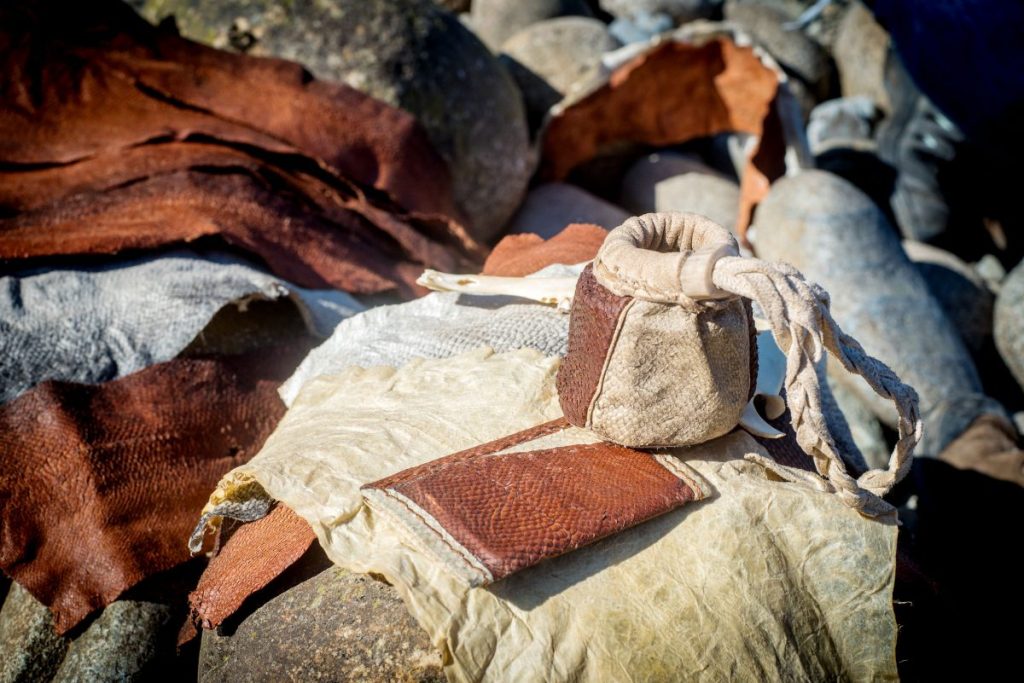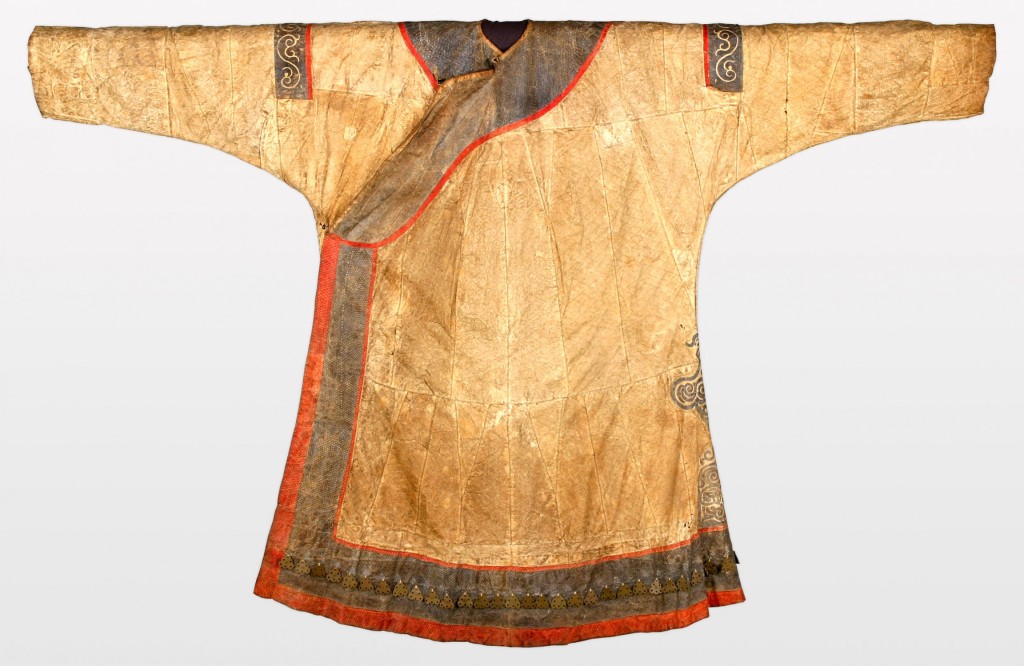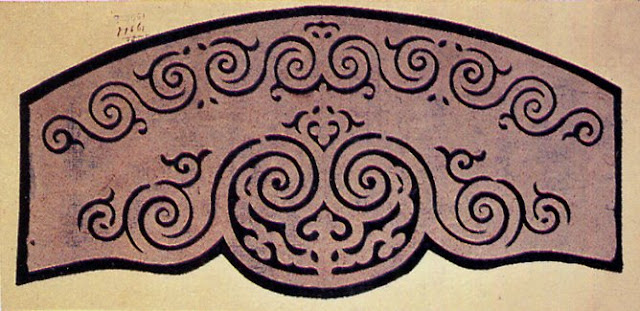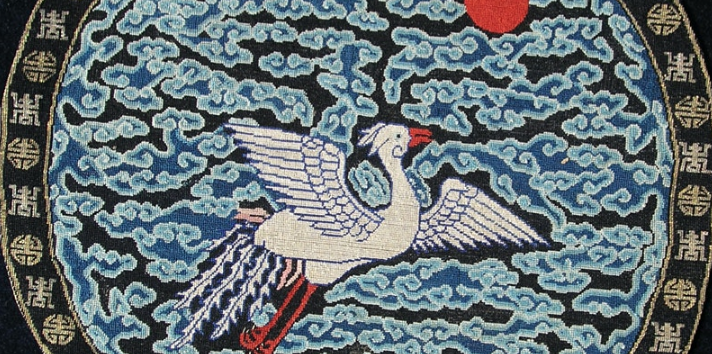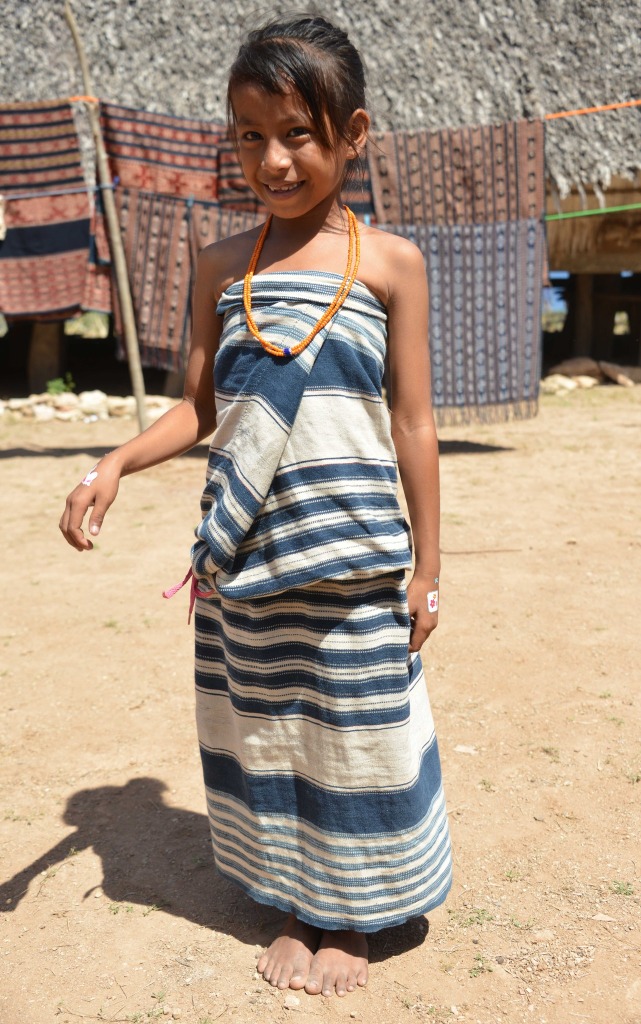
Our next OATG Zoom talk will take place on Saturday 11th November 2023 at 11:15 GMT. Please note the change of time. This is to enable those who wish to do so to observe the Armistice Day silence earlier.
Our speaker is Patricia Cheesman, and her subject is Unravelling Tai Textiles from Laos. In this talk she will introduce the complicated types and categories of textiles made by the Tai peoples living in Laos. This huge subject is a labyrinth to many researchers who find the variety of textiles and their identification daunting.
She hopes to unravel the mystery and introduce a method of identification for these textiles that is based on forty years of research in the field and on historical facts. There are numerous groups of Tai living in Laos including the Tai Lao, the largest group.
By looking carefully at the clothing styles, and studying the textiles in detail, a pattern appears that is related to their community identity, not their ethnic group. We can enjoy the beauty and superb weaving techniques as well as delve into some of the shamanic and Buddhist symbols that reveal the cosmology and beliefs of the ancestors.
This event is of course free to OATG members, with a small fee payable by non-members. Please click here to register.
We are aware that the timing of this event doesn’t work for many of our US members – it has to be at this time as our speaker is based in Thailand. Members will be able to access a recording of the talk later via the password protected section of our website.

******************************
Also taking place on the same day is a webinar presented by The Hajji Baba Club and the Textile Museum Associates of Southern California. The speaker is James Opie and his subject is “Truly Tribal” in South Persian Weavings.
“What makes a weaving “tribal”? Is it its origin, history, complexity or lack thereof, or something else? In this virtual talk, longtime rug scholar and author James Opie will explore the topic of weavings from southern Iran, emphasising their importance in the canon of Persian weaving, as well as sharing essential assumptions. He will distinguish between urban influenced motifs and indigenous or tribal patterns by way of multiple images. By comparing various tribal confederacies in southern Iran, such as the Qashqa’i, Khamseh, Luri, Bakhtiyari and Afshar, he will further analyse the differences between urban-influenced and indigenous examples. He will also examine other mediums of art and their impact and connections to southern Iranian rugs.”
The talk will begin at 10 am PT, which is 1 pm ET and 18:00 GMT. It’s free and you can register for it here.
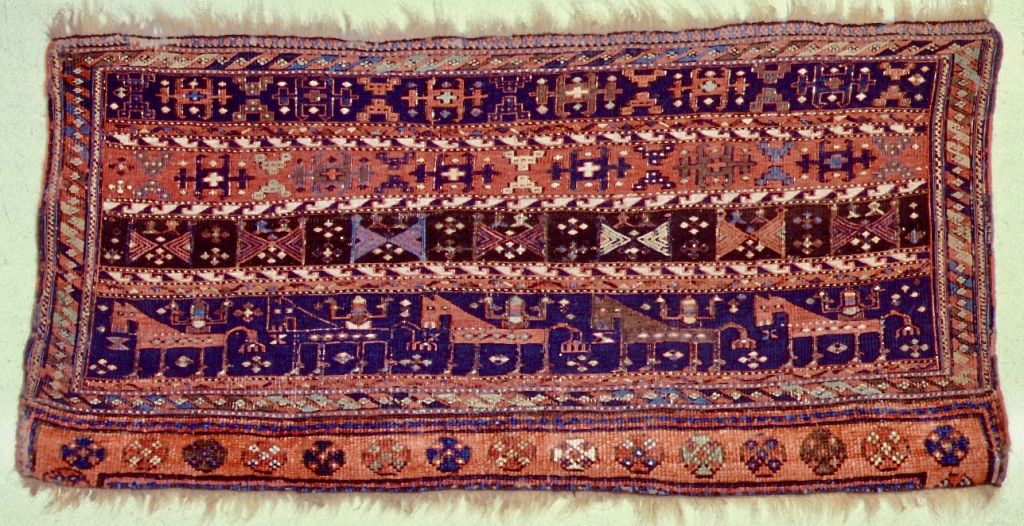
******************************
I blogged last week about the new British Museum exhibition on Burma, which opens on Thursday. On Wednesday 15th November 2023 at 17:30 GMT curator Dr Alexandra Green and Professor Sandra Dudley will present an online introduction to the exhibition, illustrating “the scope, context and themes of the show and examine highlight objects including jade, textiles, lacquer and metalwork.
From influential superpower to repressive regime, Myanmar – also known as Burma – has seen dramatic fluctuations in fortune over the past 1,500 years. Experiencing decades of civil war and now ruled again by a military dictatorship, Myanmar is an isolated figure on the world stage today, and its story is relatively little known in the West. However, the extraordinary artistic output of its peoples, over more than a millennium of cultural and political change, attests to its pivotal role at the crossroads of Asia.” BM website
This online event is free, but you do need to register for it.

******************************
A book on Khmer clothing from ten different eras should be published by the end of this year, according to the Khmer Times.
“Buth Samet, a member of the Commission for the Compilation of Cambodian Costumes, said that the research book is 2,707 pages long and divided into two volumes and will depict 709 costumes from 10 different eras: Nokor Phnom, Chenla, Angkor, Chaktomuk, Longvek, Oudong, French, Sangkum Reastr Niyum, Khmer Republic and the Democratic Kampuchea (Khmer Rouge) periods……. He added that the Royal Academy of Cambodia also aims to establish the National Museum of Khmer clothing to display them for tourism and preserve it as a valuable heritage of Khmer ancestors.” Khmer Times
If each volume is over a thousand pages I need to start doing arm exercises to read it!

******************************
On Saturday 18th November 2023 the Fowler Museum Textile Council will hold its annual sale. This fundraiser offers a curated selection of global textiles, jewelry, baskets, clothing from Guatemala, India, Japan and so much more. Proceeds from the sale support the Fowler’s textile acquisitions, exhibitions, and publications. This is an in person event that runs from 11am until 4pm at the Fowler Museum in Los Angeles.

******************************
Running across 18th-19th November is the World Textiles Bazaar in Edinburgh. This will take place at The Nomad’s Tent, owned by OATG member Andrew Haughton. Whether you are looking for Indonesian batik, African beads or Japanese kimono you are sure to find something of interest!
For more information click here.

******************************
Finally, advance notice of our December event, which will be another Zoom talk. On Thursday 7th December 2023 Sheila Fruman will talk about Pull of the Thread: Textile Travels of a Generation, based on her new book of the same title.

Sheila will focus on nine intrepid travellers, including OATG members Joss Graham and John Gillow, who combed the streets and bazaars of Central and South Asia finding, researching, collecting and selling textile treasures to interested Westerners. Taken together, their stories are an enlightening guide to understanding how we connect to the past, and how textiles connect the world.
The talk begins at 18:30 GMT and registration will open in a couple of weeks time on our website.
******************************



